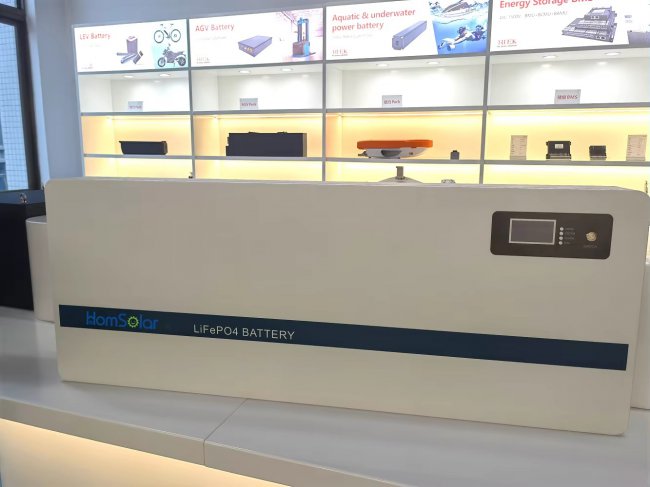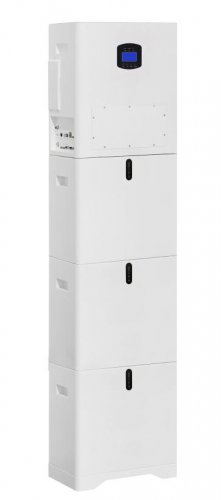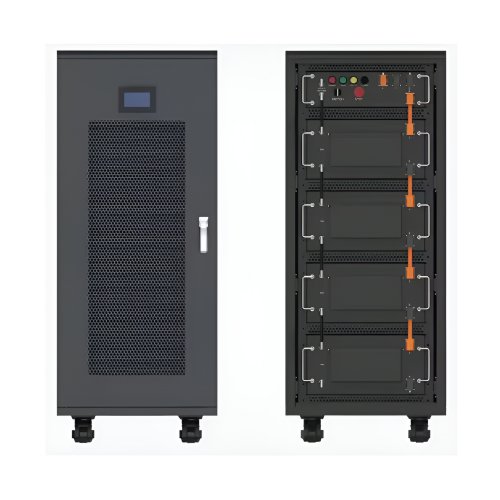How To Use Lifepo4 Battery Usage Guidelines: Maximizing Performance, Safety, And Longevity
LiFePO4 (Lithium Iron Phosphate) batteries represent a significant advancement in energy storage technology, offering superior safety, a long cycle life, and stable performance compared to other lithium-ion variants. However, to fully capitalize on these benefits, users must adhere to specific usage guidelines. This comprehensive guide provides detailed steps, practical tips, and critical precautions to ensure you get the most out of your LiFePO4 battery.
1. Initial Setup and InstallationRead the Manual: Before anything else, thoroughly read the manufacturer's manual. Specifications for voltage, charging current, and BMS (Battery Management System) protocols can vary between models and brands.Initial Charge: Most LiFePO4 batteries arrive with a partial charge (typically around 30-50%). It is highly recommended to perform a full balance charge before the first use. Use the manufacturer-provided or a compatible charger to charge the battery to 100% State of Charge (SoC). This ensures all cells within the battery pack are balanced, which is crucial for long-term health.Proper Installation: Ensure the battery is securely mounted in a well-ventilated, dry location. Protect it from direct sunlight, water, and extreme temperatures. Use appropriate cables and connectors that are rated for the battery's maximum current to prevent overheating and voltage drop.
2. Charging Best Practices
Charging correctly is the single most important factor for longevity.Use a Compatible Charger: Never use a charger designed for lead-acid or other lithium chemistries. Exclusively use a smart charger specifically programmed for LiFePO4 chemistry. These chargers follow the correct Constant Current (CC)/Constant Voltage (CV) profile and have a precise cutoff voltage.Optimal Voltage Parameters: A standard LiFePO4 cell has a nominal voltage of 3.2V. For a 12.8V battery:Absorption/Charge Voltage: ~14.2V - 14.6V (Follow manufacturer specs)Float Voltage: LiFePO4 batteries do not require or benefit from a float charge like lead-acid batteries. A good charger will cease charging entirely once the absorption phase is complete.Avoid 100% SoC for Storage: While LiFePO4 batteries are less stressed by full charges than other lithium batteries, for maximum lifespan, it is ideal to charge to only 80-90% for daily use if your application allows it. Save a 100% charge for when you need the full capacity.Temperature During Charging: Do not charge the battery if its temperature is below 0°C (32°F). Charging at freezing temperatures can cause irreversible internal plating of lithium, permanently damaging the battery and creating a safety hazard. Similarly, avoid charging in environments exceeding 45°C (113°F).
3. Discharging and Daily OperationDepth of Discharge (DoD): One of the greatest advantages of LiFePO4 is its ability to handle deep discharges. You can safely discharge it to 80-90% DoD (meaning using 80-90% of its rated capacity) without significant degradation. However, for optimum cycle life, try to operate between 20% and 80% SoC. Avoid completely draining the battery to 0%, as this can trigger the BMS to disconnect, putting unnecessary stress on the cells.Load Management: Ensure the connected devices do not exceed the battery's maximum continuous discharge current, as specified by the manufacturer. The BMS will protect against short-circuits and overloads, but consistently pushing the limits will generate excessive heat and shorten lifespan.Monitor Voltage: Use a voltmeter or a battery monitor to keep track of your State of Charge. A resting voltage of approximately 13.6V indicates a full charge, while around 13.2V is roughly 50% capacity.
4. Storage and MaintenanceStorage State of Charge: If you plan to store the battery for a month or longer, the ideal SoC is between 50% and 60%. This is the most stable voltage level for the chemistry and minimizes aging during storage.Storage Environment: Store the battery in a cool, dry place. The rate of chemical degradation is lowest at around 10-15°C (50-59°F). Never store a battery in a fully discharged state.Long-Term Storage Check: Even in storage, the BMS consumes a small amount of power. Check the voltage every 3-6 months. If the voltage has dropped significantly, give the battery a partial charge to bring it back to the 50-60% range.Cleaning: Keep the battery terminals clean and free from corrosion. Disconnect the battery before cleaning and use a dry cloth.
5. Critical Safety Precautions and What to AvoidTemperature Extremes: As noted, avoid charging at sub-freezing temperatures. Also, prevent operation and storage in excessively hot environments (>60°C / 140°F), which can accelerate degradation and pose a fire risk.Physical Damage: Do not drop, crush, or puncture the battery. Mechanical damage can compromise internal components and lead to short circuits.Water and Moisture: While many LiFePO4 batteries are built with robust enclosures, they are not universally waterproof. Protect them from rain, splashes, and submersion unless explicitly rated for it (e.g., IP67).Parallel and Series Connections: If connecting multiple batteries, follow the manufacturer's instructions precisely. They must be of the same model, age, and capacity. Ideally, connect them using a dedicated bus bar to ensure even current distribution. Before connecting them in parallel, ensure they are at the same voltage (within 0.1V) to prevent massive equalization currents.Respect the BMS: The Battery Management System is your primary guardian against unsafe operation. If the BMS disconnects the battery due to over-voltage, under-voltage, or over-temperature, do not simply reset it. Identify and resolve the root cause first.
By following these detailed guidelines, you can ensure that your LiFePO4 battery delivers on its promise of thousands of cycles, reliable power, and safe operation for many years to come. Treat it with care, and it will be a dependable source of energy for all your applications.
Customized/OEM/ODM Service
HomSolar Supports Lifepo4 battery pack customization/OEM/ODM service, welcome to contact us and tell us your needs.


HomSolar: Your One-stop LiFePO4 Battery Pack & ESS Solution Manufacturer
Our line of LiFePO4 (LFP) batteries offer a solution to demanding applications that require a lighter weight, longer life, and higher capacity battery. Features include advanced battery management systems (BMS), Bluetooth® communication and active intelligent monitoring.

Customised Lithium Iron Phosphate Battery Casing
ABS plastic housing, aluminium housing, stainless steel housing and iron housing are available, and can also be designed and customised according to your needs.

HomSolar Smart BMS
Intelligent Battery Management System for HomSolar Energy Storage System. Bluetooth, temperature sensor, LCD display, CAN interface, UART interface also available.


Terminals & Plugs Can Be Customized
A wide range of terminals and plugs can be customised to suit the application needs of your battery products.

Well-designed Solutions for Energy Storage Systems
We will design the perfect energy storage system solution according to your needs, so that you can easily solve the specific industry applications of battery products.



About Our Battery Cells
Our energy storage system products use brand new grade A LiFePO4 cells with a battery lifespan of more than 4,000 charge/discharge cycles.



Applications in Different Industries
We supply customized & OEM battery pack, assemble cells with wiring, fuse and plastic cover, all the cell wires connected to PCB plug or built BMS.
Applications: E-bike, Electric Scooter, Golf Carts, RV, Electric Wheelchair, Electric Tools, Robot Cleaner, Robot Sweeper, Solar Energy Storage System, Emergency Light, Solar Power Light, Medical Equipment, UPS Backup Power Supply.
We can provide you with customized services. We have the ability to provide a vertical supply chain, from single cells to pack/module and to a complete power solution with BMS, etc.


HomSolar (Shenzhen) Technology Co., Ltd
























